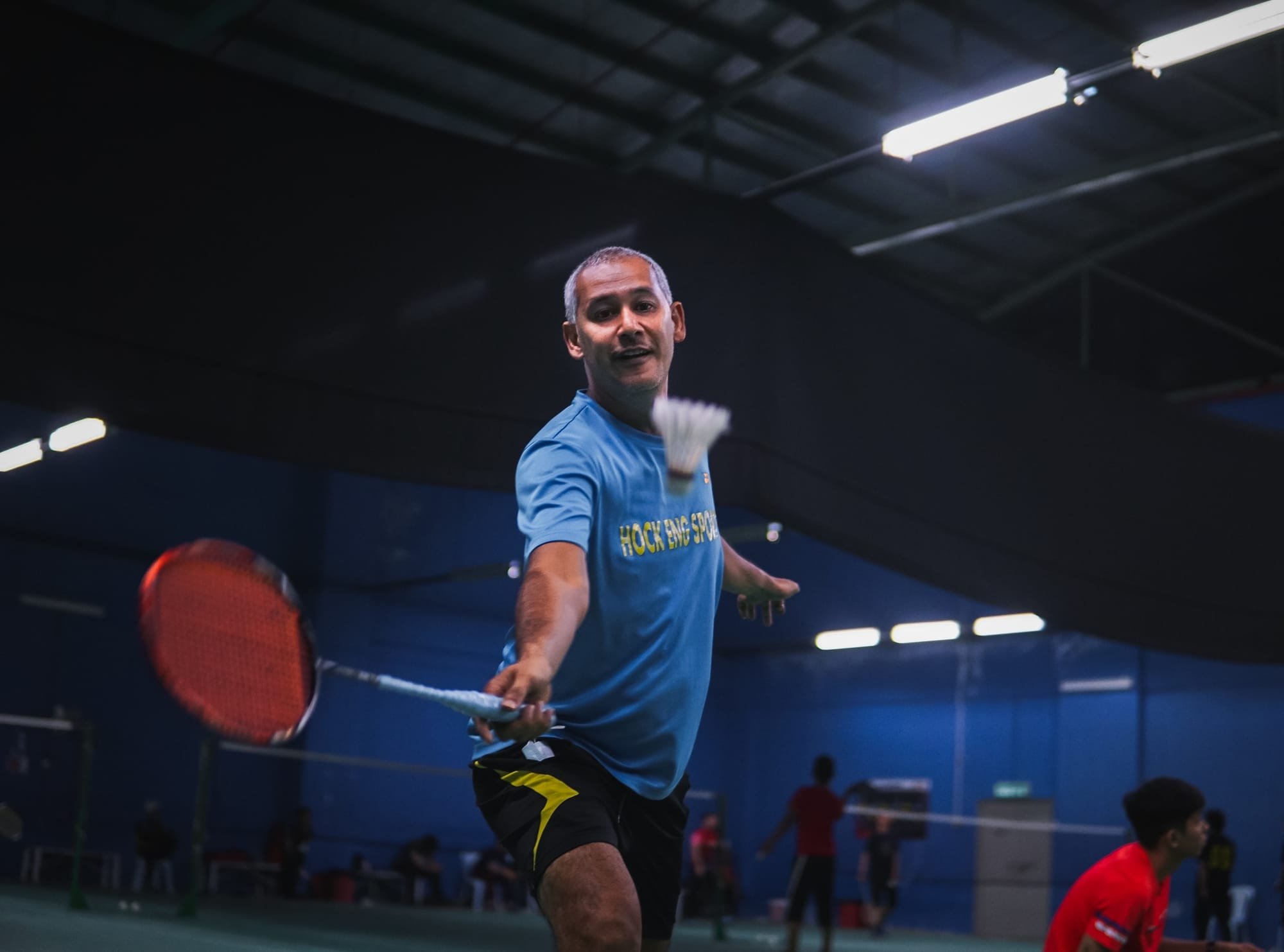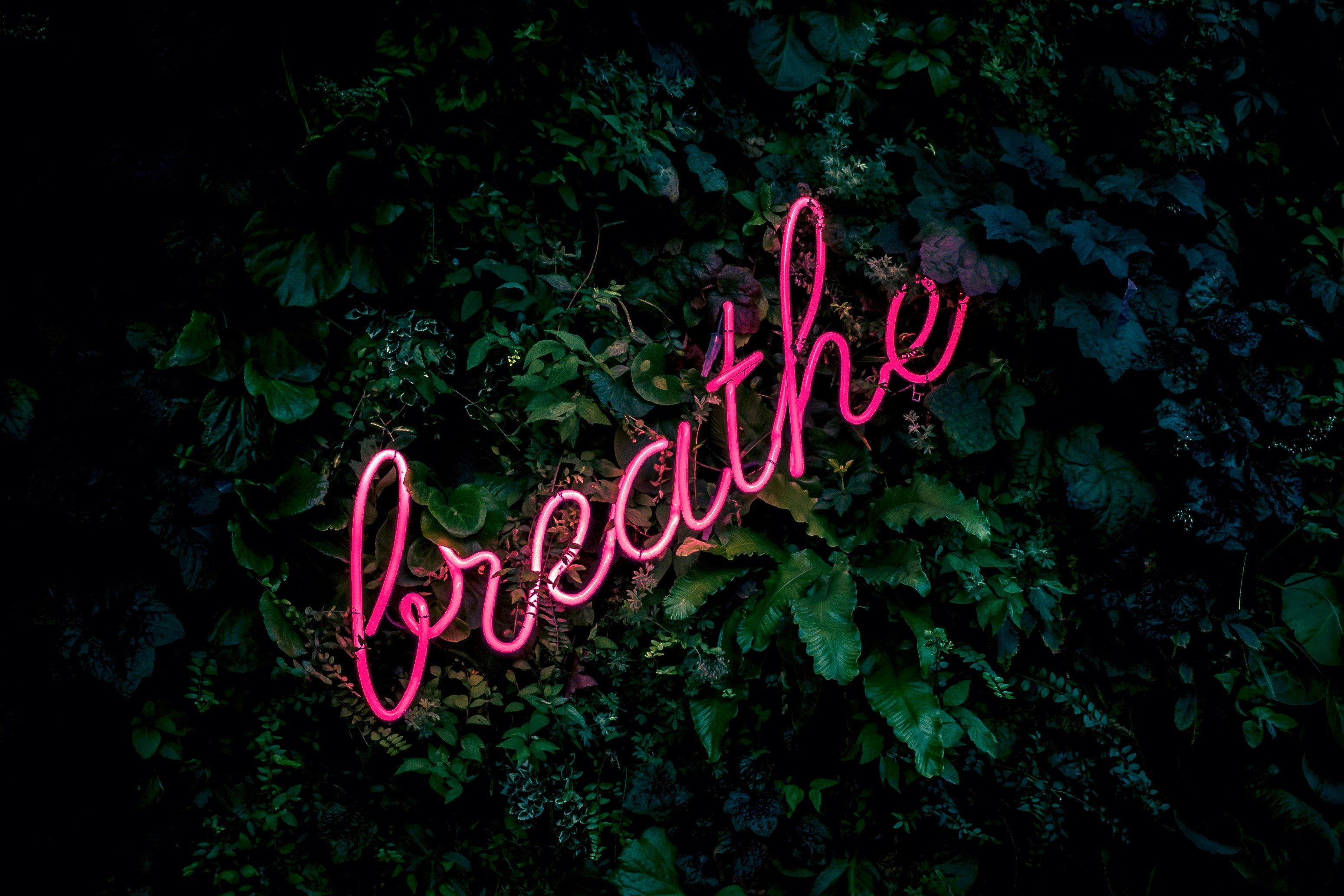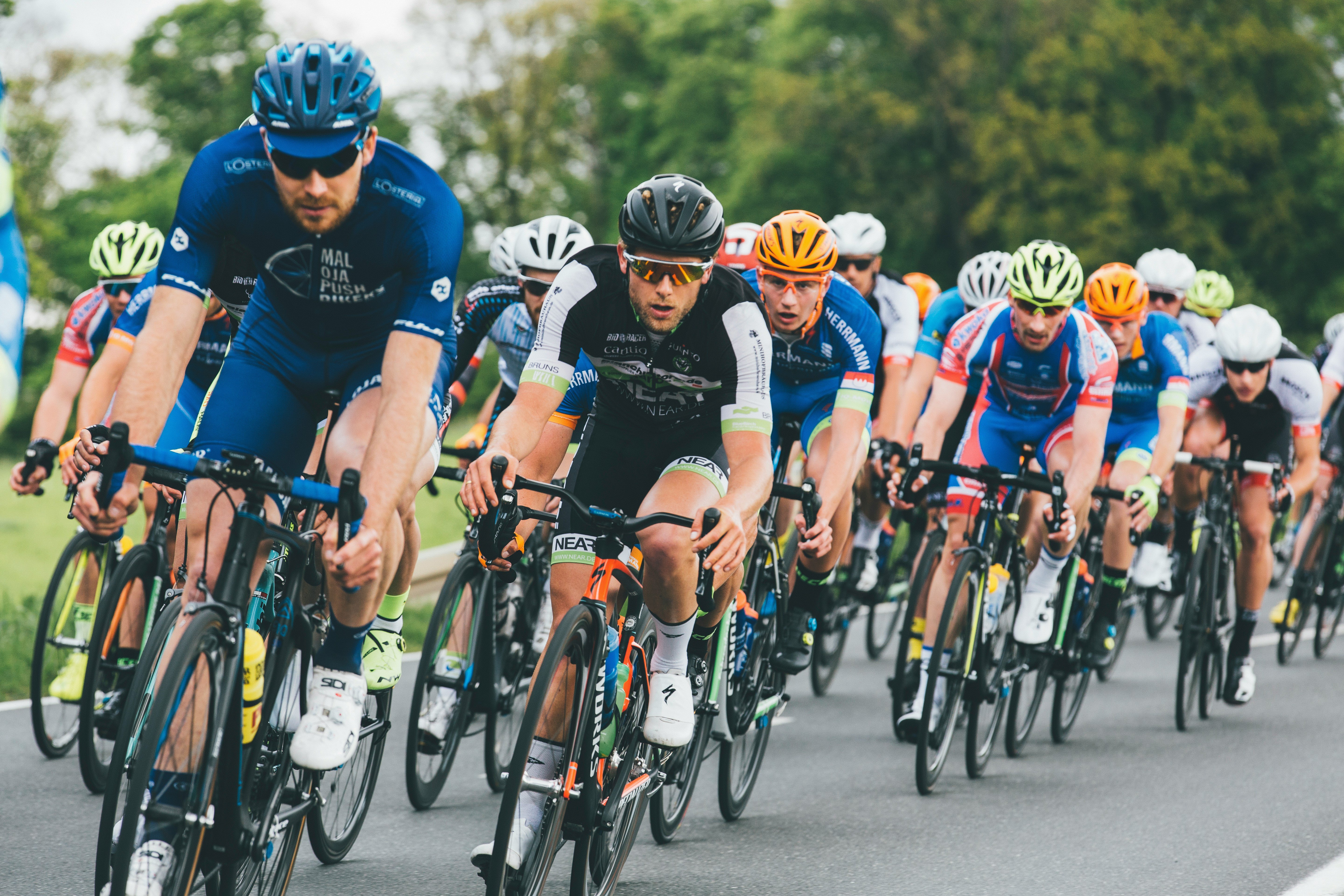Understanding Psychological Techniques for Achieving Calmness in Sports

In the high-stakes world of sports, where the difference between victory and defeat often hinges on the finest of margins, the psychological state of an athlete can be just as crucial as their physical condition. The intense pressure to perform can lead to overwhelming stress, anxiety, and, in some cases, burnout. It’s here, amongst the battle for high performance that psychological techniques for achieving calmness become invaluable. This article will explore some of these techniques, demonstrating that mental calmness can be cultivated and maintained, even under the intense pressure of competition.
Identifying the Problem: The Prevalence of Psychological Stress in Sports
Pressure is an inherent part of competitive sports. Athletes often find themselves under immense stress to meet the expectations of coaches, fans, and their own personal ambition. This intense focus on performance can lead to anxiety, loss of focus, and ultimately, a decline in performance. Psychological stress in sports is not just about the fear of failure. It also includes dealing with injuries, the demand for constant improvement, and the challenge of balancing personal life with the rigors of training and competition.
Providing a Solution: Psychological Techniques for Calmness
To address these challenges, a number of psychological techniques have been developed to help athletes achieve a state of calmness that can enhance performance. These techniques are grounded in sports psychology and are backed by evidence from both research and real-world application. Below, we outline a selection of these techniques, offering strategies that athletes can incorporate into their training and competition routines.
Mindfulness and Meditation
Mindfulness involves maintaining a moment-by-moment awareness of our thoughts, feelings, bodily sensations, and surrounding environment. Meditation, often used as a tool to practice mindfulness, can significantly reduce stress levels and improve concentration and focus. For athletes, routinely practicing mindfulness can enhance performance by improving focus, reducing anxiety, and facilitating a greater sense of control over their psychological state during competition.

Breathing Techniques
One of the most immediate ways to trigger a relaxation response in the body is through controlled breathing. Techniques such as diaphragmatic breathing, where breaths are deep and originate from the diaphragm, can help reduce tension and stress. By focusing on breathing, athletes can centre their attention away from the pressures of competition, allowing them to remain calm and maintain a clear focus on their performance.
Visualisation
Visualisation, or mental imagery, involves creating a mental image of achieving a goal or performing a task successfully. This technique helps in programming the mind for success, improving self-confidence, and reducing performance anxiety. Athletes who visualise themselves executing their skills successfully are better prepared mentally and are more likely to perform at their best under pressure.
Goal Setting
Setting realistic, specific, and manageable goals can provide a road map for athletes to follow, fostering a sense of direction and purpose. Goal setting helps in focusing effort and promoting a sense of achievement as small milestones are reached. This technique also aids in managing anxiety by breaking down overwhelming challenges into more manageable tasks.
Positive Self-Talk
The dialogue that athletes have with themselves can significantly influence their confidence and anxiety levels. Encouraging positive self-talk – affirmations or pep talks – can counter negative thoughts and beliefs, reducing anxiety and promoting a more positive mindset. This practice helps athletes to maintain self-belief and stay motivated, even in the face of adversity.
Implementing these psychological techniques requires practice and dedication, much like the physical aspect of sports training. Athletes should work closely with sports psychologists or mental conditioning coaches to integrate these practices into their training regime effectively.

Conclusion
The path to achieving calmness in sports is multi-faceted, encompassing both physical and psychological preparation. While the pressure of competition is inevitable, the manner in which athletes respond to this pressure can be managed and controlled through the application of psychological techniques designed to induce calmness. By practicing mindfulness and meditation, incorporating breathing techniques, utilizing visualisation, setting clear goals, and engaging in positive self-talk, athletes can enhance their mental resilience and maintain focus under pressure. These strategies not only contribute to improved performance but also help in fostering a healthier, more balanced approach to competition and training. The journey to mastering these techniques may be challenging, but the benefits they offer in achieving peak performance are invaluable.